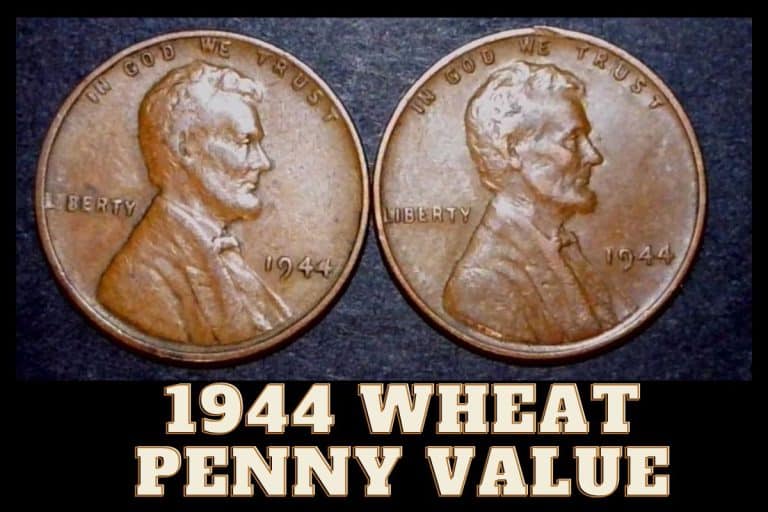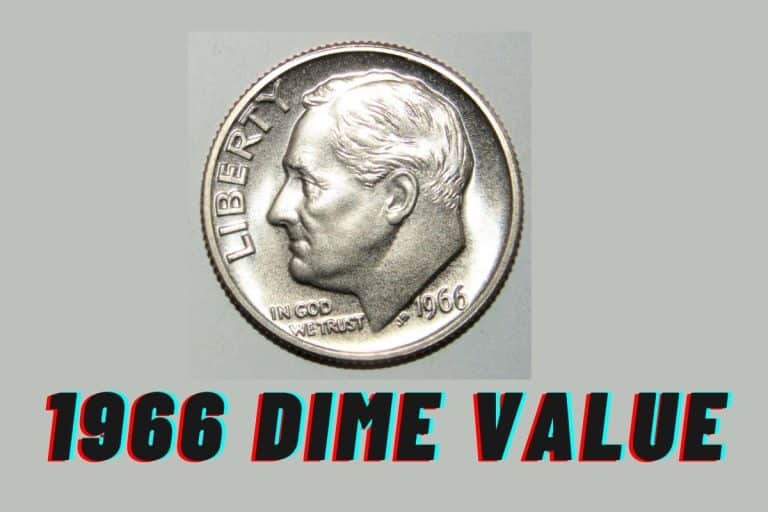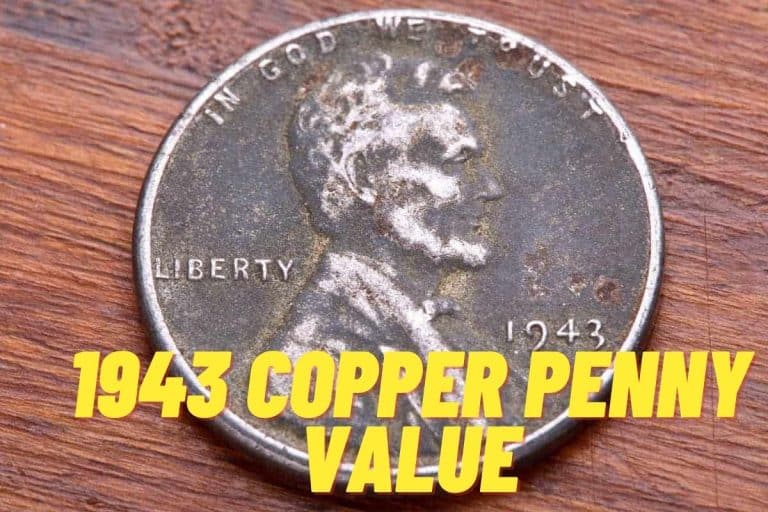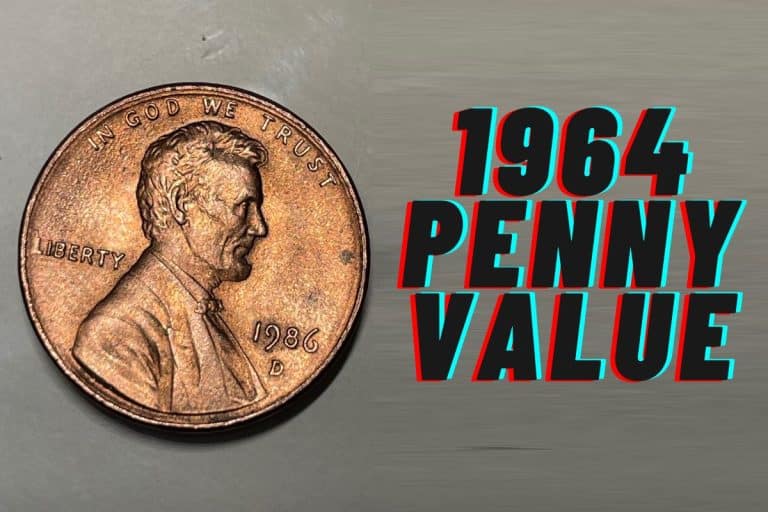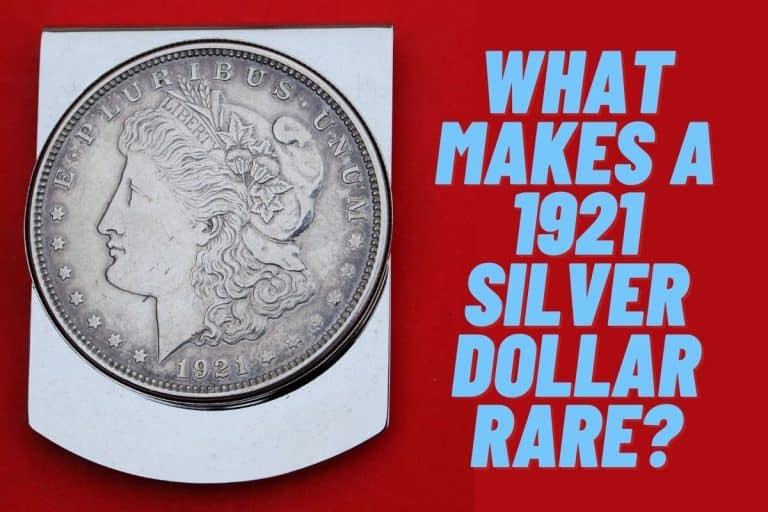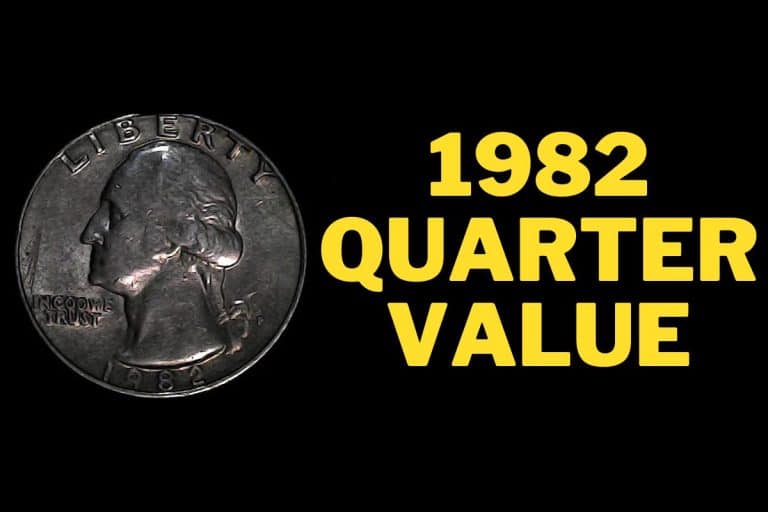The value of a 1923 penny is based on several factors, including condition, wear, and rarity. If you are searching for the value of your 1923 penny, you have come to the right place.
For coin collectors and investors, 1923 Pennies are a great way to add historical value to your collection and potentially make some money. Not only was 1923 one of the first years of the modern penny, but it’s also one of the most sought-after pennies in the United States.
Let’s look at the value and rarity of 1923 pennies and discuss what makes them valuable. By understanding the history behind these pieces and their current market value, you can make an informed decision on whether or not to invest in them. Read on.
1923 Lincoln Penny Value
The value of a Lincoln penny depends on several factors, including the year it was minted, its condition, and whether it is a rare variety. For example, a 1923-S VDB Lincoln penny in the circulated condition is worth about $4.5, while a 1923 in Good-4 condition is worth around $0.4. If you have a rare variety of Lincoln penny, it could be worth much more than a standard coin.
For instance, the 1923 San Francisco Mint double die obverse penny is valued at about $3,000 in Good-4 condition.
The 1923 Lincoln Penny History
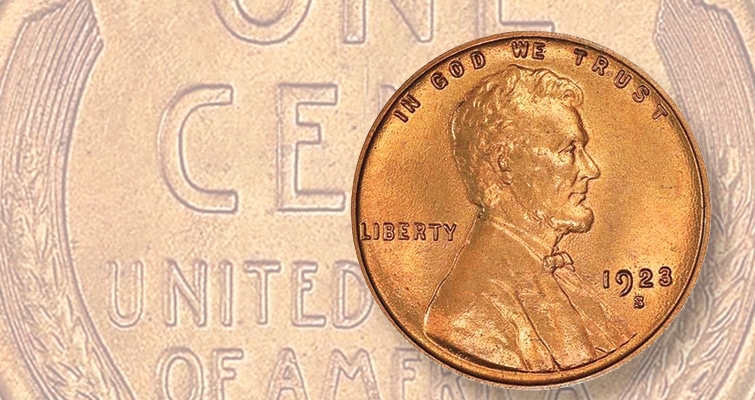
The Lincoln penny is one of the most iconic coins in American history. The coin was first minted in 1909 to commemorate the 100th anniversary of Abraham Lincoln's birth. The coin was designed by Victor D. Brenner and featured a portrait of Lincoln on the obverse side and the words “In God We Trust” on the reverse side.
The 1923 Lincoln penny is precious because it is one of only a handful of pennies minted that year. That’s because the coin's production was halted for a time due to restricting it. The original coin had the VDB full initials instead of the last one, which was not taken well.
Therefore, the coin was restruck, putting the initials under the president’s shoulder. Consequently, 1923 Lincoln pennies are rare and command a high price from collectors.
1923 Lincoln Penny Design
The Lincoln penny has been in circulation since 1909 and is still being produced today. It is made of a copper-plated zinc core and is 19.05 mm in diameter. The coin has a plain edge and weighs 2.5 grams.
Obverse
The obverse of a penny is the front side of the coin and typically features a portrait of a notable person. The penny's obverse, or front, features a portrait of Abraham Lincoln’s bust at the center. The date is on the portrait's right side, while the words “IN GOD WE TRUST” are above it. The words “LIBERTY” are inscribed on the coin's left side. The word “CENT” appears at the bottom of the coin.
Reverse
The reverse is the coin's backside and usually has an image representing the country or state where the coin was minted. The coin's reverse features two wheat stalks crossed in front of gear, with the words ONE CENT and UNITED STATES OF AMERICA, as well as the E PLURIBUS UNUM motto.
The Latin phrase translates to “Out of Many, One” and refers to the unity of the states within the United States of America.
1923 Lincoln Penny Grading

Pennies in good condition are worth more than those that are not. The most critical factor in determining the value of a coin is its condition. A well-preserved coin will always be worth more than a damaged coin or one showing wear and tear.
Also, some coins are rarer and, therefore, more valuable. For example, pennies minted in the early years of production tend to be worth more than those minted later. The grade of a 1923 penny depends on its condition—how much wear it has had on it. There are different conditions to consider:
-
Uncirculated Condition
A coin in uncirculated condition shows no signs of wear and tear. However, it may have minor blemishes. This is the highest quality a coin can be, and uncirculated coins are usually worth more than those in lower grades.
-
Extra Fine Condition
If your penny is in extra fine condition, it could be worth up to $2.50. it is because collectors are willing to pay more for a coin that is in better condition. To determine if your penny is in extra fine condition, look for these characteristics:
- The coin should be free of any major scratches or dents.
- There should be minimal wear on the coin's design.
- The coin should be free of any stains or discoloration.
If your penny meets all of these criteria, it is considered in extra fine condition. Collectors will pay a premium for a coin in this condition, so it is essential to grade it correctly.
-
Fine Condition
If your 1923 Lincoln Wheat Penny is in Fine condition, its wear is limited to the highest parts of the coin. You will see some light flattening of the details, but all letters and numbers will be visible. The coin’s overall color should be light brown.
-
Good Condition
The coin has some wear on both sides, giving it a worn appearance. Some significant scratches run across the top of his head, which has been described as “acute signs of damage.”
It is not a coin you would expect to sell for more than $100 in average condition, but if you're looking for one for your collection or restoration project, this might be just what you need.
In 2018, a Red 1923-S penny graded MS-65 sold for an incredible $66,000! This goes to show the value of rare coins.
1923 Lincoln Penny Errors

When coins are minted, it is not uncommon for them to contain errors. Some of these errors can be pretty valuable, while others may not be worth much at all. Lincoln pennies are no exception, and a few different types of errors can be found on these coins.
One type of error that can be found on Lincoln pennies is called discoloration. This occurs when the metal used to create the coin is not mixed correctly, resulting in the coin appearing to be one solid color. These coins are not necessarily rare, but they can be considered collectible due to their unique appearance.
Another type of error that can occur on Lincoln pennies is an off-center strike. This happens when the coin is not struck in the center of the die, resulting in a coin missing part of its design. These errors are typically more valuable than those with regular strikes, as they are much more difficult to find.
Perhaps the most valuable type of Lincoln penny error is the BIE error. This occurs when the word “LIBERTY” on the coin is initials instead of being spelled out fully. These errors are scarce so they can sell for a very high price.
The missing date or letters in inscriptions those caused by corrosion and those caused by die wear. Corrosion is the most common type of damage to an inscription and is often the result of poor storage conditions or cleaning attempts. Die wear is usually the result of extensive use and the loss of fine details in an inscription.
When assessing the value of a coin with a missing letter or date, it is essential to determine the type of damage and whether it is confined to a single area or spread across the entire coin. A coin with isolated corrosion damage may still be valued highly, whereas a coin with extensive die wear will be worth less.
Conclusion
Any coin enthusiast will tell you that judging the value of a particular penny is not always easy. Over the years, the United States Mint has released countless pennies to commemorate America's rich history.
Some have been great additions to a coin collection, while others have been largely irrelevant and carried little to no financial value. It's entirely up to you how much value you assign to your pennies. Just make sure you know their worth before you trade them in or sell them off.

